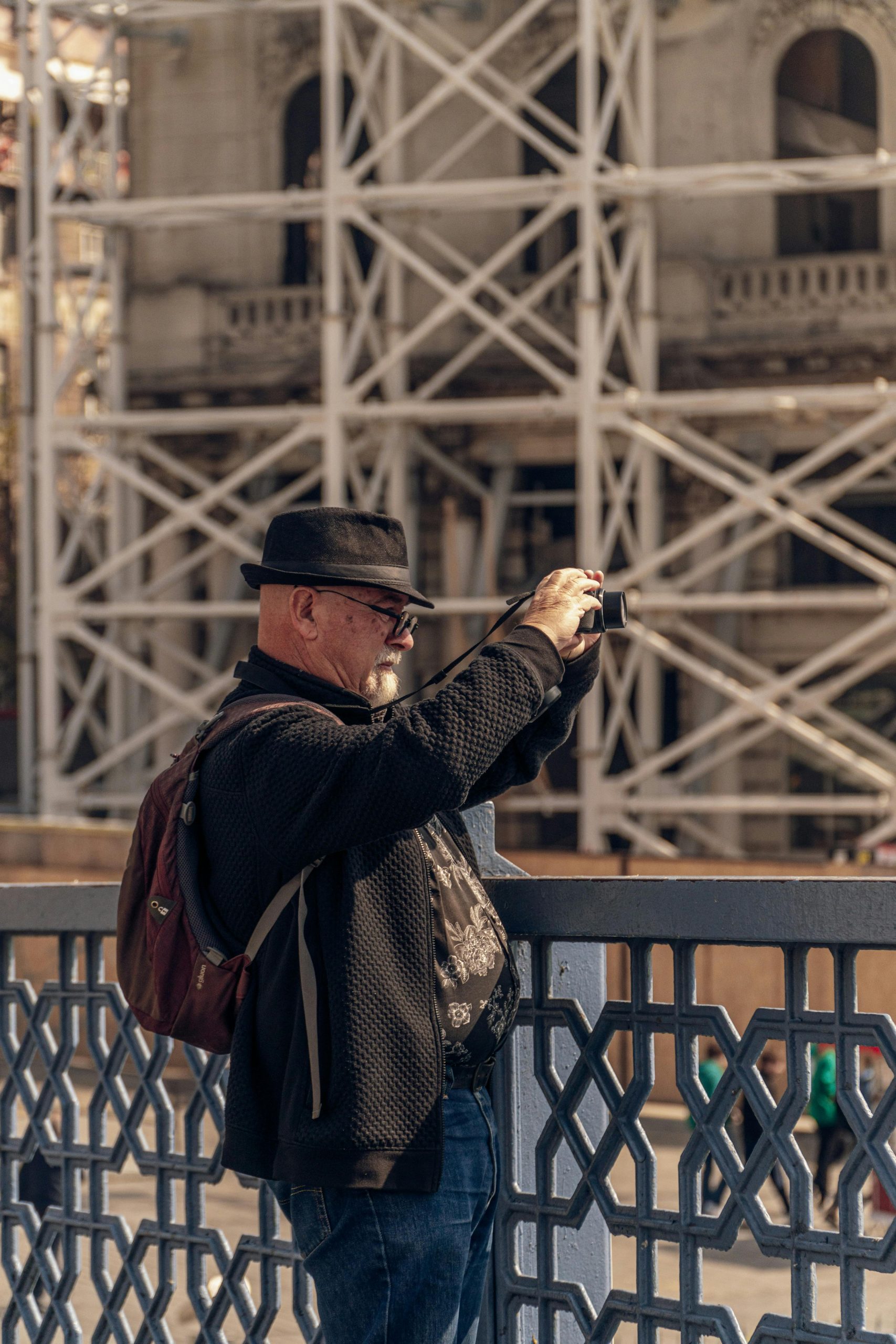There’s something magical about capturing the beauty of the outdoors while traveling. Whether it’s a majestic mountain range, a serene beach, or a bustling cityscape, outdoor photography allows you to preserve memories and share the world’s wonders with others. However, taking stunning travel photos requires more than just pointing and shooting. With the right techniques, equipment, and mindset, you can elevate your photography and create breathtaking images that stand out. Here’s how.
1. Plan Ahead for the Best Lighting Conditions
Lighting is the cornerstone of great photography, and outdoor settings are no exception. The golden hours—shortly after sunrise and before sunset—offer soft, warm light that enhances landscapes and portraits. Avoid midday sun when shadows are harsh and colors appear washed out.
Tips for Maximizing Natural Light:
- Use the golden hours: Schedule shoots early in the morning or late in the afternoon for the most flattering light.
- Embrace overcast days: Cloudy skies act as a natural diffuser, reducing harsh shadows and creating even lighting.
- Experiment with backlighting: Position your subject in front of the sun for a dramatic silhouette effect.
2. Master Composition Techniques
Composition transforms a simple snapshot into a compelling photograph. By applying tried-and-true techniques, you can guide the viewer’s eye and create a sense of balance and depth in your images.
Key Composition Rules:
- Rule of thirds: Divide your frame into a 3×3 grid and place key elements along the lines or intersections.
- Leading lines: Use natural or man-made lines (roads, rivers, fences) to draw attention to your subject.
- Foreground interest: Add depth by including rocks, flowers, or other objects in the foreground.
- Symmetry and patterns: Look for reflections, repeating shapes, or architectural symmetry to create visually striking images.
3. Choose the Right Gear (Without Overpacking)
While professional cameras offer superior quality, you don’t need expensive equipment to take stunning photos. The key is to pack smart and know how to use what you have.
Essential Photography Gear for Travel:
- Versatile lens: A 24-70mm or 18-55mm zoom lens covers wide-angle and mid-range shots.
- Tripod: Essential for low-light conditions, long exposures, or self-portraits.
- Polarizing filter: Reduces glare and enhances colors, especially for water and skies.
- Extra batteries and memory cards: Don’t miss a shot because you ran out of power or storage.
Pro tip: If you’re using a smartphone, invest in a portable tripod and experiment with manual settings or editing apps for better results.
4. Capture the Essence of Your Destination
Travel photography isn’t just about landscapes—it’s about storytelling. Whether you’re documenting local culture, wildlife, or adventure activities, your photos should evoke the spirit of the place.
Ways to Tell a Story Through Photos:
- Include people: Candid shots of locals or fellow travelers add life and context to your images.
- Focus on details: Close-ups of food, textures, or traditional crafts can be just as compelling as wide shots.
- Capture movement: Use a slower shutter speed to blur waterfalls or crowds for a dynamic effect.
- Vary your angles: Shoot from high above (drones or viewpoints) or get low for unique perspectives.
5. Edit Thoughtfully for a Professional Finish
Editing is where good photos become great. A few adjustments can enhance colors, correct exposure, and remove distractions—but avoid over-processing for a natural look.
Basic Editing Tips:
- Crop for better composition: Remove unnecessary elements and refine your framing.
- Adjust exposure and contrast: Brighten shadows or tone down highlights for balanced lighting.
- Enhance colors: Boost saturation slightly or use selective editing to make key elements pop.
- Sharpen selectively: Apply sharpening to focal points while keeping backgrounds soft.
Recommended tools: Lightroom, Snapseed, or VSCO for mobile editing; Photoshop for advanced retouching.
Conclusion
Capturing breathtaking outdoor travel photos is a blend of preparation, creativity, and technical skill. By optimizing lighting, mastering composition, packing the right gear, and telling a compelling story, you can create images that transport viewers to the destinations you’ve explored. Remember, the best photos often come from patience and experimentation—so get out there, explore, and let your unique perspective shine through your lens.
